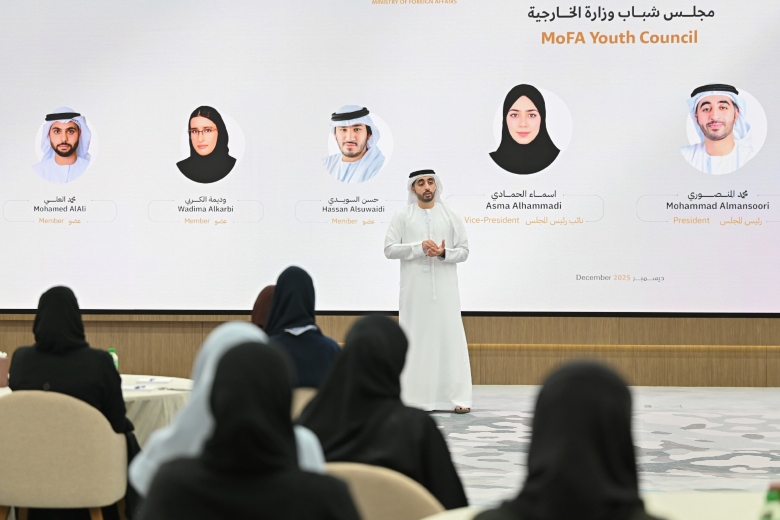Girls Aloud singer Nicola Roberts has announced she is pregnant with her first child.
The star said in a social media post that she is five months’ pregnant – and that she and her partner, footballer Mitch Hahn, “can’t wait” to meet their baby in…

Girls Aloud singer Nicola Roberts has announced she is pregnant with her first child.
The star said in a social media post that she is five months’ pregnant – and that she and her partner, footballer Mitch Hahn, “can’t wait” to meet their baby in…

The UAE Ministry of Foreign Affairs (MoFA), in cooperation with the Federal Youth Authority, announced the formation of the Ministry’s Youth Council, comprising a distinguished group of promising young talents from among the Ministry’s…

An international team of astronomers has achieved a historic milestone in probing the early universe, using the James Webb Space Telescope (JWST) to detect a supernova—the explosive death of a massive star—at an unprecedented distance.
The…

The 76-minute film was directed and edited by Ben Sturgulewski and filmed over a series of years, including in 2019 in Bamyan, prior to the Taliban taking back power in…

Nine children, including three girls, were injured when a drone struck a madrassa in Pakistan’s Khyber Pakhtunkhwa province, officials said on Friday (December 26, 2025).
The drone targeted the religious seminary located in Shadikhel village in…
Calderone, N. W. Insect pollinated crops, insect pollinators and US agriculture: Trend analysis of aggregate data for the period 1992–2009. PLoS ONE 7, e37235 (2012).
Requier, F. et al. Bee…


This one rule on what to wear on marathon race day never gets old.
The best gear in 1980 is still the best gear today: well-tested friends. (Photo: Courtesy Jonathan Beverly)
Published December 26, 2025 03:00AM
I ran my first marathon in 1980, at…